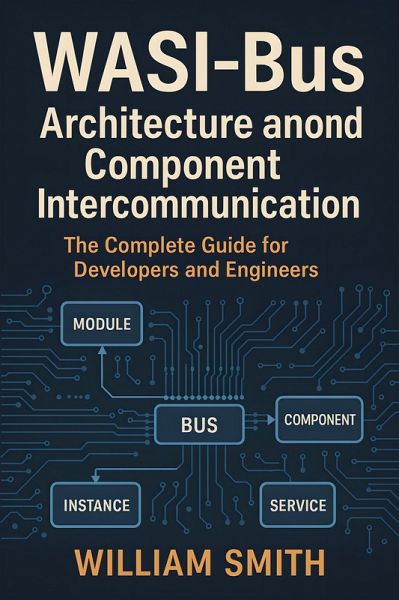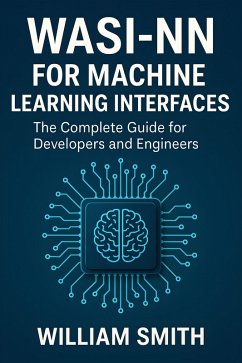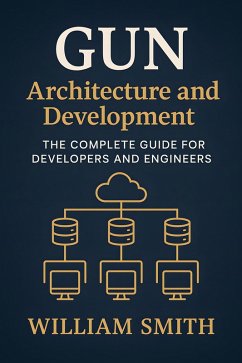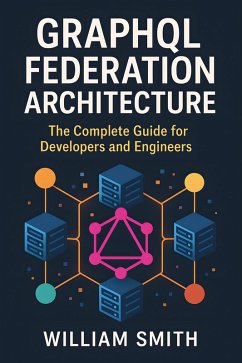
WASI-Bus Architecture and Component Intercommunication (eBook, ePUB)
The Complete Guide for Developers and Engineers

PAYBACK Punkte
0 °P sammeln!
"WASI-Bus Architecture and Component Intercommunication" "WASI-Bus Architecture and Component Intercommunication" provides a comprehensive and deeply technical exploration of modern WebAssembly System Interface (WASI) design and its transformative impact on system interoperability. The book begins with a nuanced analysis of WebAssembly's role in the evolving systems programming landscape, articulating the necessity of WASI for portable, runtime-neutral applications. It offers critical insights into the motivations underpinning WASI's design, its current limitations compared to traditional syst...
"WASI-Bus Architecture and Component Intercommunication" "WASI-Bus Architecture and Component Intercommunication" provides a comprehensive and deeply technical exploration of modern WebAssembly System Interface (WASI) design and its transformative impact on system interoperability. The book begins with a nuanced analysis of WebAssembly's role in the evolving systems programming landscape, articulating the necessity of WASI for portable, runtime-neutral applications. It offers critical insights into the motivations underpinning WASI's design, its current limitations compared to traditional system interfaces, and the ongoing standardization and community efforts shaping its future. Central to this guide is the WASI-Bus architectural model, which introduces a bus-inspired communication framework adept at enabling scalable, modular, and secure component intercommunication. The reader is taken through a systematic breakdown of core abstractions-endpoints, channels, routing, and topologies-alongside sophisticated analysis of protocol-agnostic communication, advanced message serialization, interface definition languages, and real-world patterns for reliable and efficient intercomponent messaging. Chapters detail essential topics including security sandboxing, capability-based security, end-to-end encryption, resource management, and operational resilience, making the text indispensable for architects and developers building robust distributed systems. The book closes by charting emergent trends and future directions for WASI and WASI-Bus, spanning quantum-safe cryptography, integration with IoT devices, next-generation language runtimes, and AI-augmented design. Readers will find guidance on testing, formal verification, deployment strategies across cloud and edge, and continuous integration within complex service meshes. Both visionary in scope and precise in technical guidance, "WASI-Bus Architecture and Component Intercommunication" serves as both a foundational reference and a practical blueprint for those seeking to leverage WebAssembly-based systems at scale.
Dieser Download kann aus rechtlichen Gründen nur mit Rechnungsadresse in A, B, BG, CY, CZ, D, DK, EW, E, FIN, F, GR, H, IRL, I, LT, L, LR, M, NL, PL, P, R, S, SLO, SK ausgeliefert werden.













